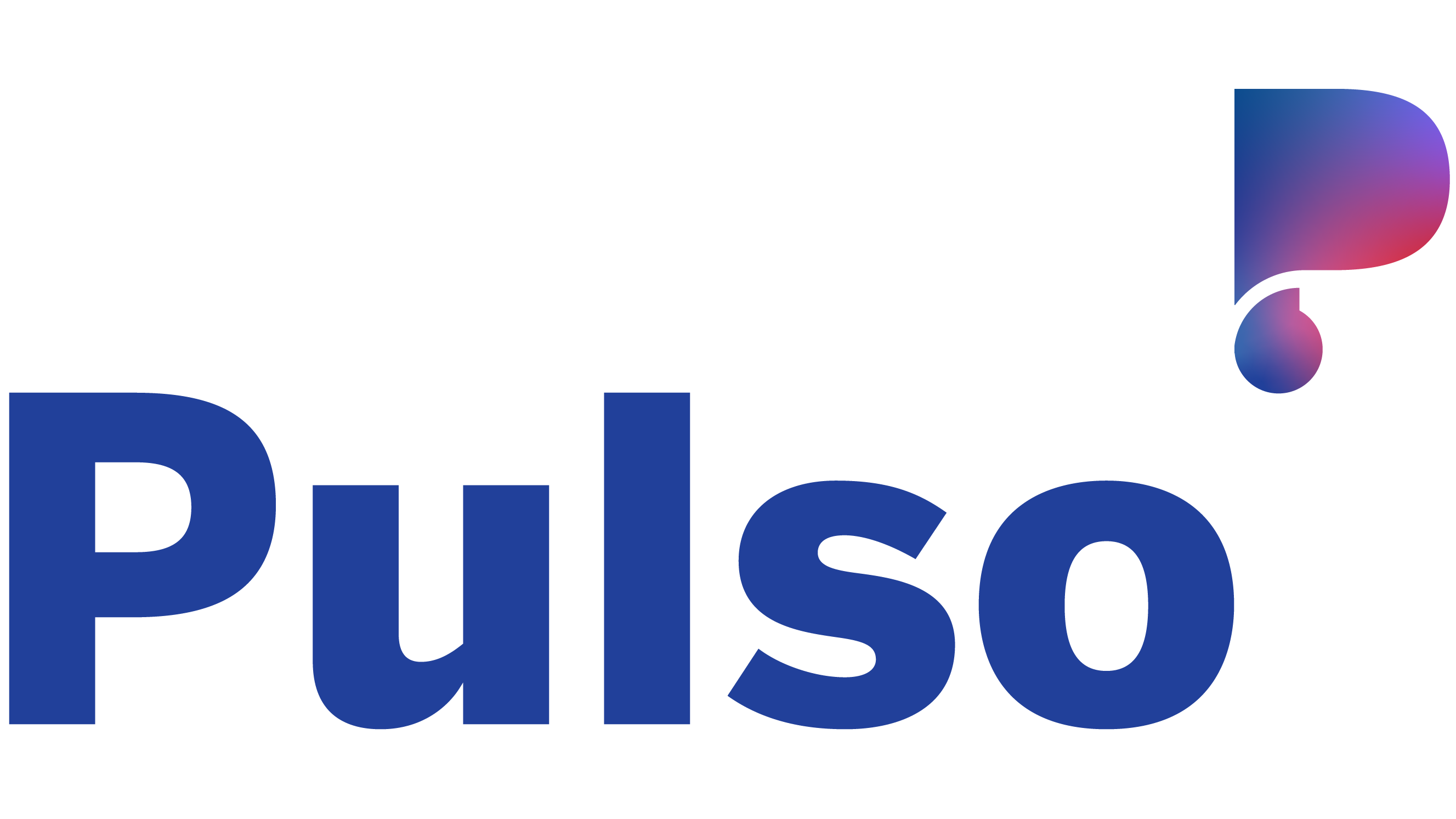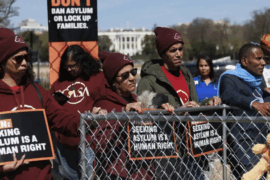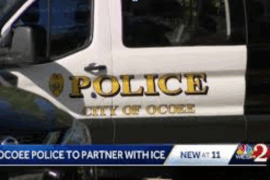The COVID-19 pandemic has split up families and turned some communities into socially distant ghost towns. But Latinos are turning to digital tools to adapt to the new reality, according to a new report from the research company Nielsen released this month.
The report, “Cultural Connectivity Transformed” focuses on how Hispanics are using social media, smartphones, and other digital platforms, including YouTube, in the age of coronavirus. The report says that users of digital devices and social media in our communities are using the technology to maintain family and social ties, to participate in activism such as social-justice protests, and seeking out truthful news about COVID-19. Some of these trends, which include the growth in online video viewing among Latinos, have continued to grow as the pandemic has gone on.
The Nielsen data arrives as Latinos in particular are being hardest hit by the pandemic. In Chicago, California and other parts of the country, Latinos are not only suffering the most losses from COVID-19 but are also being economically affected at a disproportionate level.
The report suggests that Latino essential workers are using digital tools to stay informed about economic impact and healthcare advice during the crisis. In particular, smartphones have been a key lifeline for essential workers in industries including transportation, healthcare, hospitality and agriculture.
Nielsen says that Hispanics are 57% more likely to use social media as their primary source of COVID-19 information than non-Hispanics. The report found that 86% of Latinos believe having access to factual information is important, but only 18% believe cable TV news is accurate and only 21% think it’s trustworthy.
Ninety-eight percent of Latinos own a smartphone compared to 93% of the general population, according to Nielsen.
In the absence of being around other people, Latinos have “filled that sort of void very quickly by leaning into digital content consumption to a greater degree than non-Latinos,” Stacie de Armas, senior vice president of diverse insights for Nielsen, told NBC News.
“When you think about the way in which our community has grown in the United States, 20 or 30 years ago, we built that growth together in networks — dialoguing, educating and understanding. That’s our core,” de Armas said.




